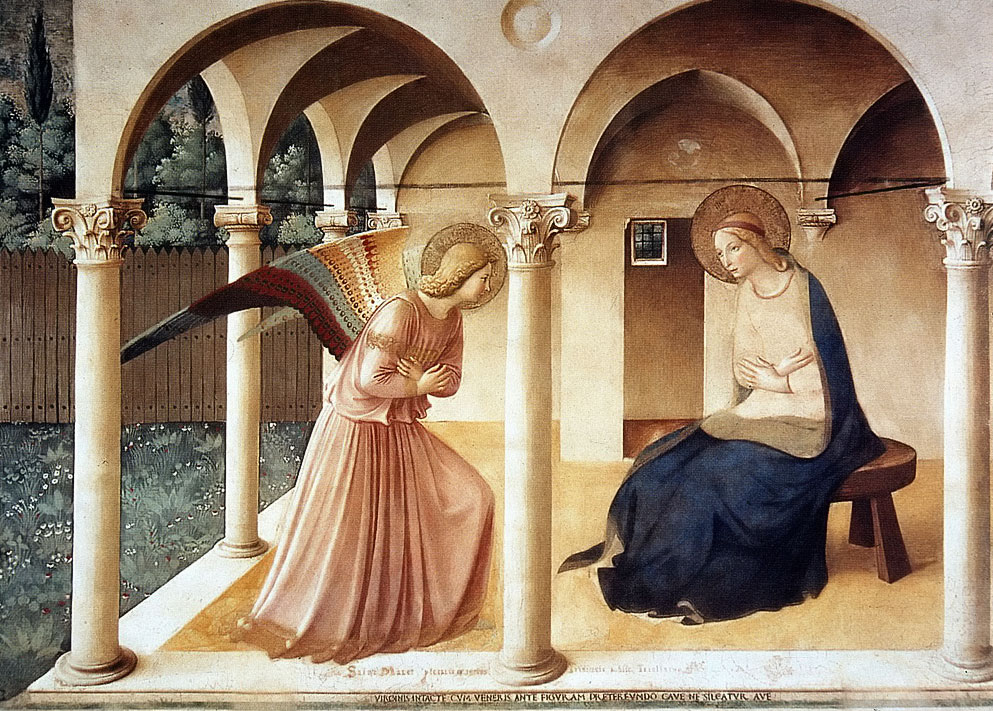Archbishop Andrew Nkea Fuanya in Cameroon has cautioned Christians in the country about the alleged apparition of the Blessed Virgin Mary at a parishioner’s home in his archdiocese of Bamenda.
On 6 June, thousands of Christians and non-Christians flocked to the home of Dorothy Enow Manyor in Ngomgham Parish following the alleged apparition at her home. Manyor is a member of the All Angels Small Christian Community in the parish.
Nkea in a 8 June statement underscored the need for thorough discernment and due process by ecclesial authorities in order to ascertain the veracity of the alleged apparition.
“No one can or is allowed to pronounce with certainty at this time, that the Blessed Virgin Mary is appearing in the said house in Ngomgham,” the archbishop said.
He said that “whatever is happening in Ngomgham, needs thorough discernment and due process by the competent Ecclesiastical Authorities, as stipulated in the Norms from the Holy See of May 17, 2024, to be sure of this phenomenon”.
The new norms <a href="https://catholicherald.co.uk/vatican-publishes-new-norms-for-vetting-private-revelations/?swcfpc=1"><mark style="background-color:rgba(0, 0, 0, 0)" class="has-inline-color has-vivid-cyan-blue-color">recently issued by the Dicastery for the Doctrine of the Faith</mark></a> give the Vatican a greater say in determining Marian apparitions and other religious phenomena. The changes have <a href="https://catholicherald.co.uk/problems-with-the-vaticans-new-norms-for-vetting-supernatural-phenomena/?swcfpc=1"><mark style="background-color:rgba(0, 0, 0, 0)" class="has-inline-color has-vivid-cyan-blue-color">raised concerns</mark></a>, including about increased centralisation of power at the cost of the discretion of bishops who are usually far closer to and more involved in the localities and communities where events happen. <br><br><strong>RELATED: <a href="https://catholicherald.co.uk/podcast/the-problems-posed-by-private-revelations-with-simon-caldwell/?swcfpc=1"><mark style="background-color:rgba(0, 0, 0, 0)" class="has-inline-color has-vivid-cyan-blue-color">Private revelations and the problems they pose, with Simon Caldwell</mark></a></strong>
Previous protocols gave local bishops greater autonomy in discerning such cases, and while the 17 May directives still emphasise that “discernment in this area remains the task of the diocesan bishop”, the new rules say the Vatican’s Dicastery for the Doctrine of the Faith “must always be consulted and give final approval to what the bishop decides before he announces a determination on an event of alleged supernatural origin.”
Nkea said that until this is done and established by the Church, “this private house [Manyor’s home] cannot be considered as a public place of prayer, and all Catholic Christians are therefore encouraged to frequent their parish churches and Diocesan/Parish Shrines for public prayer and veneration of the saints, especially the Blessed Virgin Mary”.
The Director of Communication at Cameroon's National Episcopal Conference, Father Humphrey Tatah Mbuy, explained there are three things the Church considers when determining the veracity of a Marian apparition.
“First, the Church must see evidence that it was not meant to be a secret or private apparition, it was meant to be a public apparition. Secondly, the Church gets a group of people to study the case in point and find out the facts about what the claims are. And thirdly, even if it is a real apparition, they want to be sure that the miracle of whatever is happening is not something that has been set up. So the Church takes its time,” he told <em>Crux</em>.
“That is why [with] what is going on in Ngomgham, the archbishop had to write a letter to tell people to stop going there until the investigation is complete,” Mbuy said.
Nkea, who also serves as the President of the Episcopal Conference of Cameroon, promised to set up a commission of theologians to study the phenomenon.
It is not the first time Cameroon is experiencing a Marian apparition, real or imagined.
In 1996, a 7-year-old mute girl in Nsimalen, a locality in the outskirts of Cameroon’s capital Yaoundé, suddenly shouted the name of Mary three times, according to Father Antoine Roger Evouna.
The place of the apparition is now called the Marian Sanctuary and “bears the myth of miracles and healings with pilgrims trooping in their numbers to seek the Virgin Mary’s intercession”, the priest said.
Two years ago, and amid escalating violence in Cameroon’s two English speaking regions – where Bamenda is located – Nkea consecrated the territory to the care of the Blessed Virgin Mary.
Nkea said at the time “we have decided that we shall consecrate the entire Ecclesiastical Province of Bamenda to the Blessed Virgin Mary, the Queen of Peace”.
“We shall appeal for her maternal intercession, so that we can know peace once again in our Church province, which corresponds to the territorial circumscription of the North West and South West regions of Cameroon. This is not our choice. It is not even our decision. It is God Himself who has decided to make it this way,” the archbishop said.
The archbishop also encouraged the faithful to persist in prayer as the archdiocese begins the process of discerning the alleged apparition at Dorothy’s home.<br><br><em>Photo: The sun sets behind a statue of Mary on Apparition Hill in Medjugorje, Bosnia-Herzegovina, 26 Feb. 2011. Recently there has been increased controversy and dispute about the famous events associated with Medjugorje. (CNS photo/Paul Haring.)</em>



